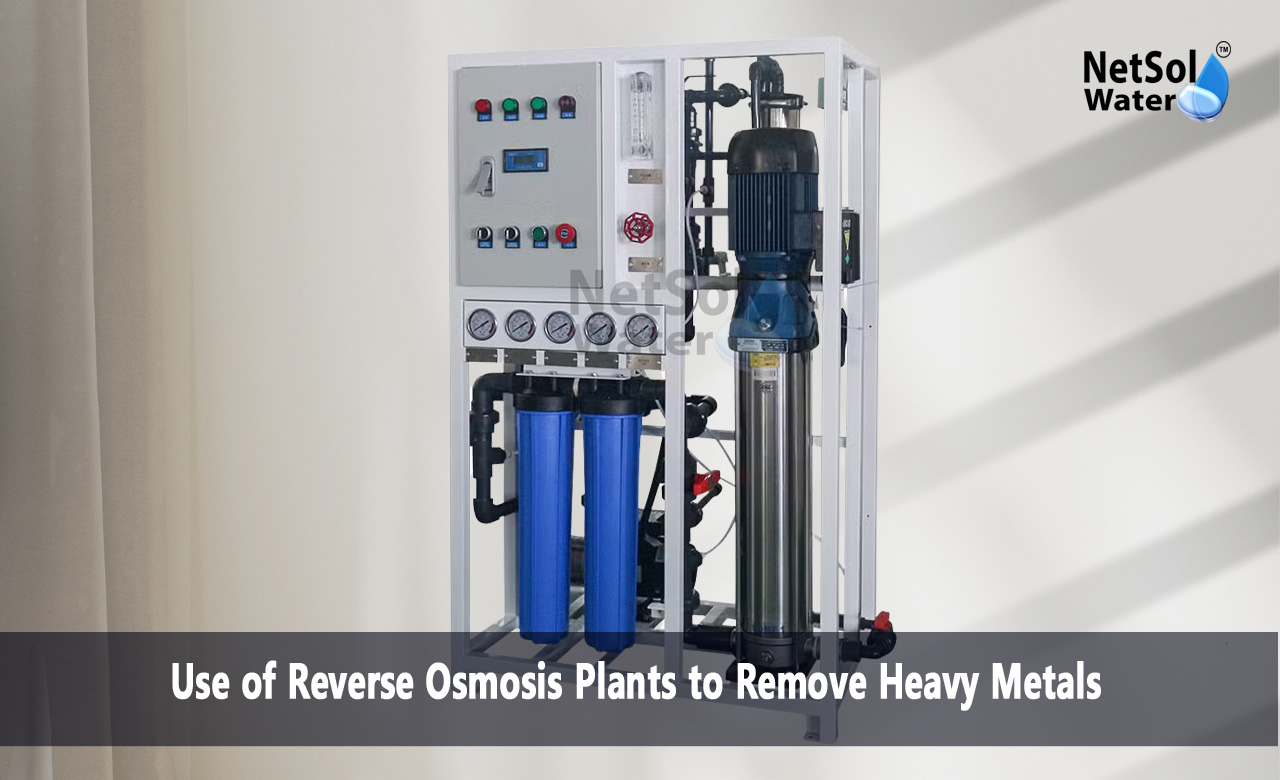Use of Reverse Osmosis Plants to Remove Heavy Metals
Water contamination is a big threat worldwide. The development of industries and metropolitan areas has increased the incidence of heavy metals in our water sources. These poisons threaten extensive harm to individuals and ecosystems. Reverse osmosis plants offer a powerful approach for extracting heavy metals and other contaminants from water.
What is Reverse Osmosis?
We must start with the basics to understand how reverse osmosis plants work. Reverse osmosis purifies water using a partially permeable membrane to remove ions molecules and larger particles from water.
The Process: The technology delivers pressure to polluted water forcing it through the membrane. The membrane filters out larger particles like heavy metals while allowing water molecules to flow through. This provides two streams - purified water (permeate) and concentrated waste water (brine or trash).
Advantages of Reverse Osmosis:
- Removes various impurities
- Produces high-quality water
- Operates at comparatively low costs
- Runs automatically
Disadvantages of Reverse Osmosis:
- Requires large initial investment
- Fouls and needs membrane replacement
- Wastes water (produces brine)
- Consumes considerable energy
Heavy Metals in Water
Heavy metals have high atomic weights and densities. Common examples are lead mercury cadmium arsenic and chromium. These elements occur naturally in the earths crust but human actions have augmented their richness in our water sources.
Sources of Heavy Metal Contamination:
1. Industrial effluents
2. Mining operations
3. Agricultural runoff
4. Landfill leachate
5. Corrosion of plumbing materials
Health Impacts:
Heavy metals develop in the body over time generating serious health consequences. Potential implications include:
- Kidney damage
- Neurological disorders
- Developmental issues in children
- Cancer
- Reproductive difficulties
Environmental Concerns:
Heavy metals affect more than human health. They degrade aquatic habitats changing food chains and producing long-term ecological devastation.
How Reverse Osmosis Can Help?
Reverse osmosis plants remove heavy metals from water with high efficacy. They offer a powerful tool for numerous reasons:
Removal Efficiency: RO plants remove up to 99% of heavy metals depending on the specific metal and initial concentration. This remarkable efficiency makes them excellent for treating extremely contaminated water sources.
Versatility: Unlike certain treatment technologies that target specific contaminants RO eliminates a large range of pollutants concurrently. This adaptability handles complicated water quality concerns.
Scalability: Engineers create RO plants to treat varied volumes of water from small-scale household systems to enormous industrial or municipal plants. This mobility allows for tailored solutions based on individual demands.
Components of a Reverse Osmosis Plant
A typical RO plant consists of several basic components:
1. Pretreatment System: Water receives pretreatment before entering the RO membrane to remove larger particles and protect the membrane from damage. This may include:
- Sediment filtration
- Activated carbon filtering
- Chemical addition
2. High-Pressure Pump: This pump provides the pressure needed to force water through the RO membrane often ranging from 200 to 1000 psi depending on the application.
3. RO Membrane: The core of the system. Most RO plants use thin-film composite membranes which include of multiple layers intended for maximum performance and longevity.
4. Post-treatment System: Water may undergo extra treatment after passing through the RO membrane such as:
- pH correction
- Remineralization
- Disinfection
5. Control System: Modern RO plants have automated control systems that monitor and alter multiple parameters to maintain optimal efficiency.
Conclusion:
Reverse osmosis Plants offer a strong way for removing heavy metals from water. Challenges exist yet ongoing research and innovation make this technology more efficient and sustainable. Reverse osmosis will play an important role in providing access to clean safe water for communities and industry around the world as we address increasing water quality challenges.



